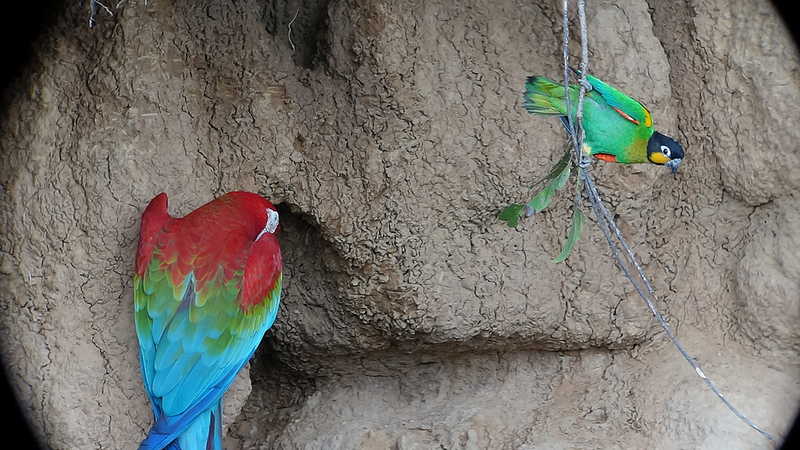Link #74: Do You Want to Eat a Lab Grown Hamburger?

For Hindus, a cow is sacred. Cows are a part of the religious scriptures of Hinduism. The home of Hinduism, India, even has laws that prevent the slaughter of cows. This is why, as we explained in our last post, India has the most cows in the world, i.e., more than 300 million.
For most people in the western world, cows are simply the source of their dairy products and are regarded as walking hamburgers. However, what if you didn’t have to rely on cattle slaughter to get your fix of hamburgers every week? What if there was a humane way of getting hamburgers? Well, now there is. Hamburgers can be grown in a lab!
How Can a Hamburger Be Grown in a Lab?
Growing hamburgers in a lab is not such a novel idea because for a long time the scientific community has been focusing on growing human tissue and organs in a lab. The process of growing hamburgers is the same, i.e., with the use of stem cells.
The process begins with the extraction of stem cells from the muscle tissue of a cow. The stem cells are drawn from the shoulder of a cow through a painless process. The stem cells are then cultured in the laboratory in a nutrient rich medium containing growth promoting substances such as calf serum.
When the cells have grown from a few to more than a million, they’re allowed to combine. This causes the formation of smaller strands of muscles which are then compacted to form a patty. It is this patty that is then cooked and served with bread to form a hamburger.
How Did the Idea of a Lab Grown Hamburger Come About?

The idea of a lab grown hamburger is a result of a wide variety of things. These include countering poor treatment of animals to source raw meat and helping the environment by lowering greenhouse gas emissions and energy consumption.
The research into lab grown hamburgers was first funded by one of Google’s founders, Sergey Brin. The lab grown hamburger, in the end, ended up costing Sergey Brin just above $330,000.
What Did the Lab Grown Hamburger Taste Like?

The taste of a lab grown hamburger isn’t that different from a conventional hamburger. Still, there are minor differences. For instance, you’ll find much less fat in lab grown hamburgers which actually makes them healthier. In addition to this, lab grown hamburgers are naturally pale in colour. So red colour is added artificially.
Are Lab Grown Hamburgers More Environment Friendly?

If lab grown hamburgers can be made commercially viable then they’ll end up being better than the conventional methods in multiple different ways. For instance, estimates suggest that the lab grown hamburger only consumes 55 percent of the energy that conventional methods of producing hamburgers require.
Similarly, lab grown hamburgers’ production process only has about 4 percent of the total greenhouse gas emissions involved with the conventional methods. Lab grown hamburgers also require less land. A lab grown hamburger will require only about 1 percent of the total land that a conventionally acquired hamburger will require.
In addition, 99 percent of the land that may be freed with the commercialisation of lab grown hamburger technology can be used for other things such as growing fruits and vegetables.
Can you Guess the Next Link in the Chain?
What will be the next link in our Chain of Facts? Think you might know? Scroll down to add a comment below with your best guess.
You can view the full list of links in the chain here.
Sources:
http://www.bbc.com/news/science-environment-23576143
http://mashable.com/2013/08/05/sergey-brin-lab-burger/
http://mashable.com/2013/08/05/test-tube-meat-save-earth/
http://www.popsci.com/technology/article/2013-08/first-lab-grown-hamburger-served









